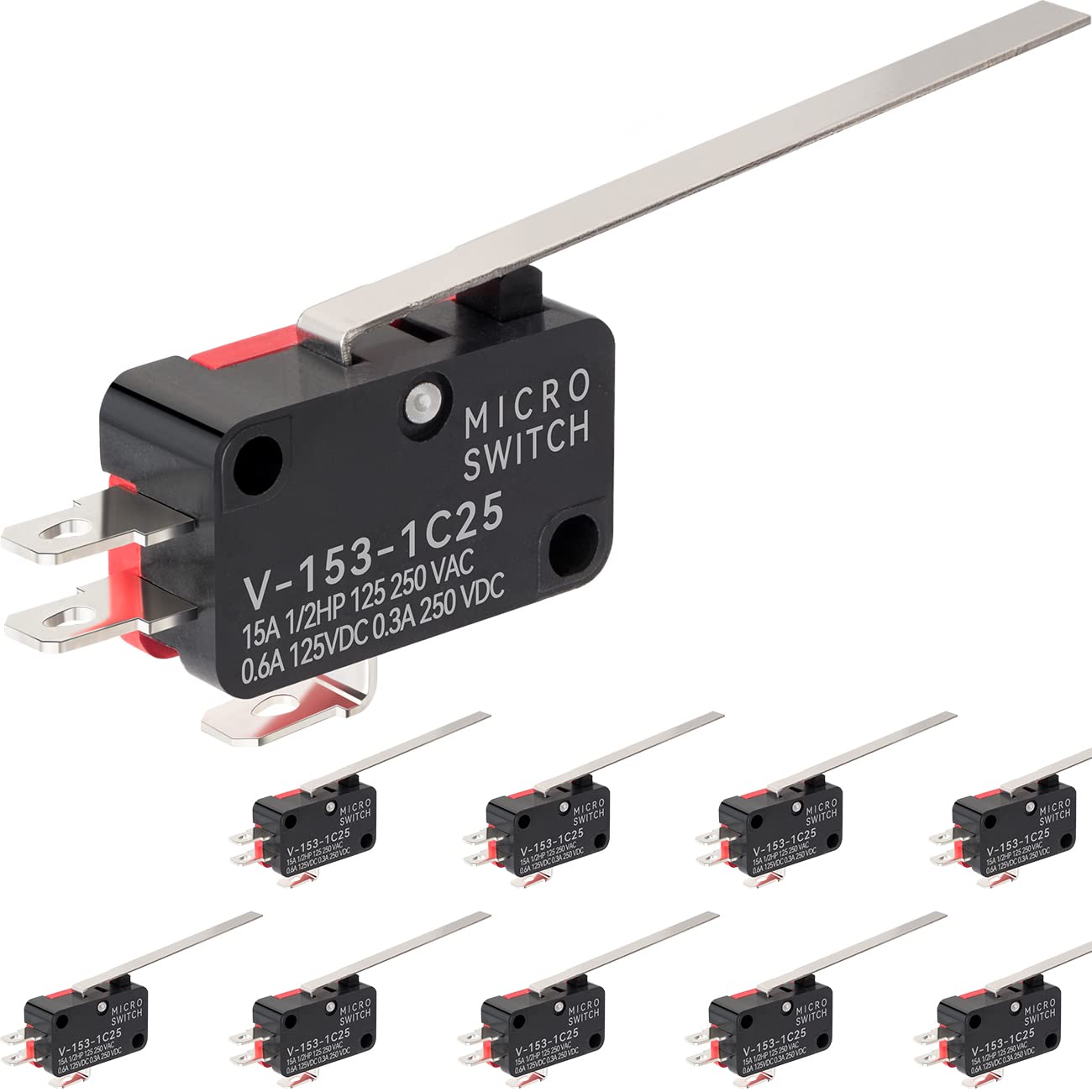







Understanding Micro Switches: The Unsung Heroes of Automation
Micro switches, often overlooked in the grand tapestry of technology, play a crucial role in our modern lives. Have you ever wondered how your kitchen appliances know when to shut off, your car’s door signals that it’s ajar, or how a simple click can initiate complex machinery? The answer lies in the humble yet powerful micro switch. In this article, we will delve into what micro switches are, how they work, their applications, and why they are indispensable in various devices.
What is a Micro Switch?
A micro switch, also known as a snap-action switch, is a small but mighty electrical switch that is activated by a very light touch. Picture it as a tiny gatekeeper controlling the flow of electricity. When a certain force is applied—usually through a lever or button—the micro switch snaps into action, completing or breaking the circuit. This mechanism is not only efficient but incredibly reliable, making micro switches a preferred choice for many applications.
How Do Micro Switches Work?
Micro switches operate on a simple principle: mechanical movement leads to electrical contact. Imagine pushing a doorbell button; that little press sends a signal to ring the bell. Similarly, when you apply pressure to a micro switch, a small actuator moves, causing the internal mechanism to “snap” from one position to another. This snapping action is what gives micro switches their name and ensures a swift response time, usually in milliseconds.
The beauty of micro switches lies in their sensitivity. They can be activated with just a fraction of an ounce of force. This makes them ideal for applications where precision and reliability are paramount. They can handle a wide range of voltages and currents, making them versatile components in the electronics world.
Applications of Micro Switches
Micro switches are everywhere. From household items to industrial machines, their applications are vast and varied. Here are some common uses:
1. **Home Appliances**: In washing machines, micro switches detect when the lid is closed, ensuring safe operation. They also control the power supply in other appliances, such as toasters and microwaves.
2. **Automotive Industry**: Cars utilize micro switches for various functions, such as detecting whether a door is open or closed, activating lights, and ensuring seatbelt systems are engaged.
3. **Industrial Equipment**: In factories, micro switches are often used in safety systems, like emergency stop buttons. Their quick response time can prevent accidents and ensure machinery operates safely.
4. **Consumer Electronics**: Devices like remote controls and gaming controllers rely on micro switches to register button presses, providing users with instant feedback and control.
Choosing the Right Micro Switch
With so many options available, how do you choose the right micro switch for your needs? Here are some factors to consider:
– **Actuation Force**: Depending on the application, the sensitivity of the switch is crucial. Consider how much force is needed to activate the switch.
– **Electrical Ratings**: Ensure the micro switch can handle the voltage and current required for your device. Exceeding these ratings can lead to failure.
– **Size and Form Factor**: Micro switches come in various shapes and sizes. Choose one that fits comfortably within your design constraints.
– **Environmental Conditions**: If your micro switch will be exposed to dust, moisture, or extreme temperatures, look for sealed or specialized switches designed for harsh conditions.
Conclusion
Micro switches may be small in size, but their impact on technology is monumental. They serve as the backbone of countless devices, ensuring safety, efficiency, and functionality in our everyday lives. Whether it’s in your home, car, or workplace, these little switches are essential in automating our world. So, the next time you press a button or flip a switch, remember the micro switch working tirelessly behind the scenes, making it all possible.
FAQs
1. What is the lifespan of a micro switch?
Most micro switches can last for millions of cycles, often rated between 1 to 10 million operations, depending on the manufacturer and specific model.
2. Can micro switches be used in outdoor applications?
Yes, but it’s essential to choose micro switches designed for outdoor use, which are typically sealed against moisture and dust.
3. How do I know if a micro switch is failing?
Common signs of failure include inconsistent operation, a “sticky” feel when pressed, or a complete failure to activate. Regular testing can help identify issues early on.
